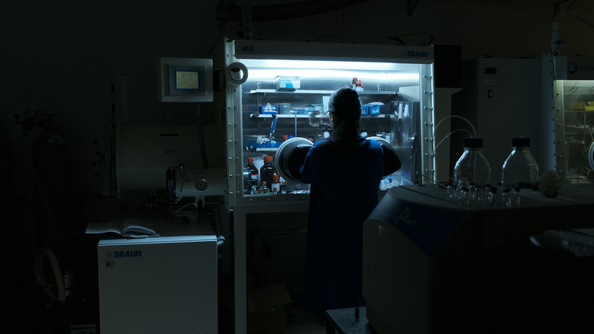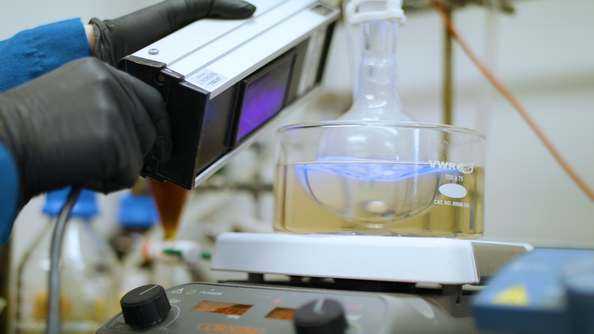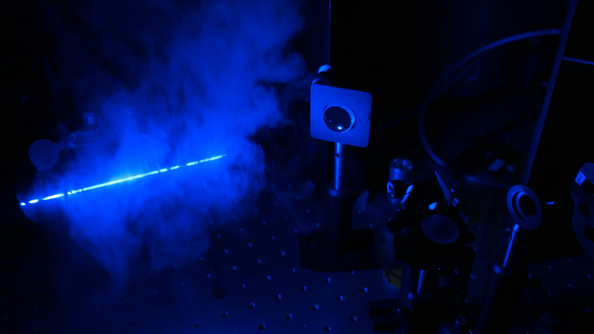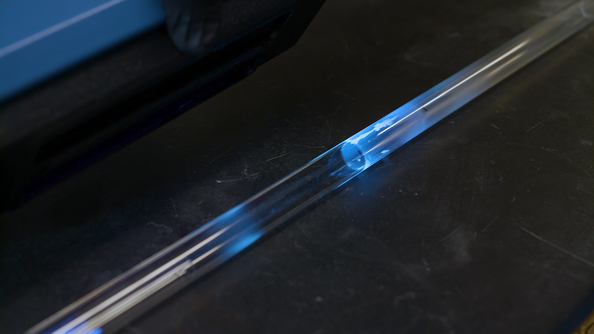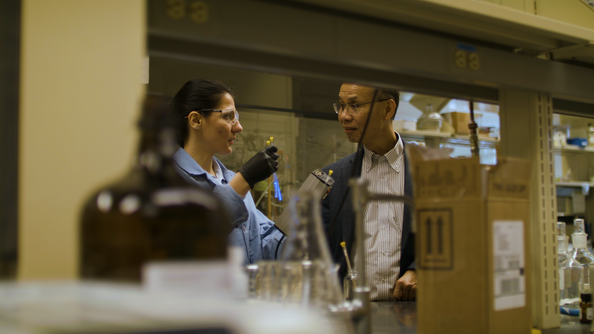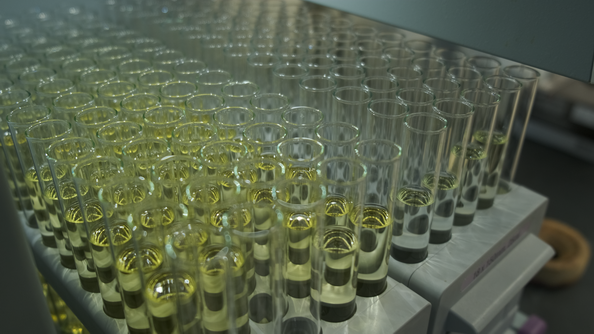
Welcome To
Next Generation of Nanotechnology
Technology
Current technology makes solar panels limited in their application. They are expensive, brittle and cumbersome. Limited efficiency means large surface areas are required to provide any meaningful power generation, which must be supplemented by a centralised power source. NextGen Nano’s patented, proprietary technology results in highly-efficient, flexible solar panels applied to structures with wafer-thin, robust application. This advancement allows transportation vehicles and other applications to greatly supplement their power reserves.

Current Technology
- limited application
- expensive
- brittle
- cumbersome
- limited efficiency
- large surface area
- toxic or hazardous materials
Patented Proprietary Technology
- highly-efficient polymer
- flexible
- very light
- wafer-thin
- robust
- enviromentally-friendly materials
Nextgen Transparent Solar Cells
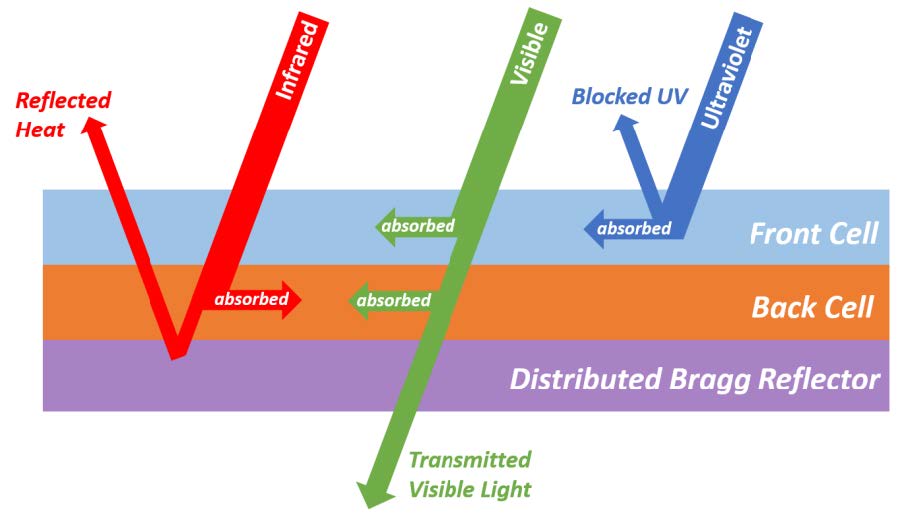
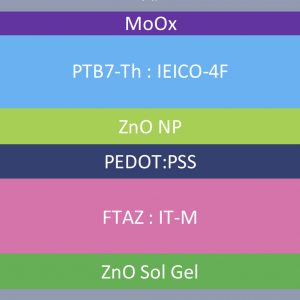
Research and development into nanotechnology has significant implications for almost every industry. With the market expected to reach a staggering $75.8 billion by 2020, this micro-scale industry is producing macro returns for savvy investors.
Investing News 2019
Technology team led by Dr. Franky So
– world-renowned nanoscientist and chief inventor of over 190 patents worldwide –

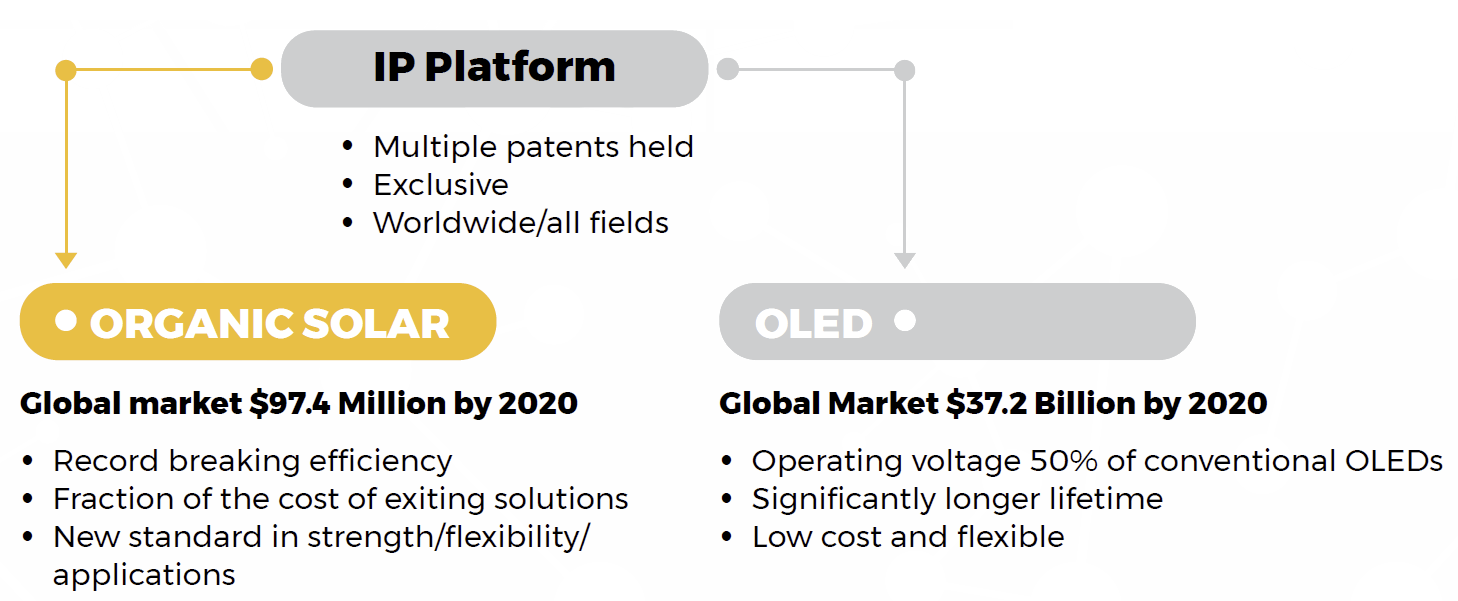

The patented technology provides PolyPower® with several exciting properties, including potential record efficiencies in the global organic solar market, whilst blending earth-friendly biopolymers with cutting-edge nanotechnology. PolyPower® decentralises power generation and opens endless market opportunities.
ECONOMIC
AND EARTH-FRIENDLY
Breakthrough technology replaces existing solutions fabricated using expensive finite pollutant materials with earth-friendly biopolymers.
EFFICIENCY
Potential to set a new high bar worldwide in record efficiencies for organic solar
TRANSPARENCY, FLEXIBILITY, ROBUSTNESS
Replaces traditional solar cells, which are brittle, opaque, heavy and rigid. NextGen technology is robust and can be applied to flexible surfaces whilst maintaining transparency
MULTIPLE APPLICATIONS
Unique physical properties open the potential
for a multitude of real-world applications, making the limitless solar power source more usable
and cost-effective than ever before.
Application number: 62/875,274 – Docket number: 4598-908/15 Description: MANUFACTURING MULTI-JUNCTION TANDEM ORGANIC SOLAR CELLS Receiving Office: U.S. Patent and Trademark Office

Highly innovative technology centred around low-voltage blue OLEDs (organic light-emitting diodes) provides a path to a potential operating voltage of half that of conventional OLEDs and a significantly longer lifetime.
PURELY
CARBON-BASED
We use earth-friendly renewable compounds, whereas existing technology uses rare earth metals
LOW VOLTAGE
Low drive voltage, approximately half of what is required for phosphorescent OLEDs, results in a longer lifetime
OLED MARKET
The New Fusion technology has the possibility of taking the entire OLED emitter market through the phenomenon of triplet-triplet annihilation (TTA)
Application number: 62/653,653 – Docket number: 10620-0652PV1 Description: ORGANIC LIGHT-EMITTING DIODES AND METHODS OF USE THEREOF Receiving Office: U.S. Patent and Trademark Office

Blending earth-friendly biopolymers with cutting-edge nanotechnology, NextGen’s trademark PolyPower® revolutionises the sector, decentralising power generation and opening up endless market opportunities. PolyPower® provides an extremely flexible, durable and efficient solar cell technology, with a wide range of both industrial and everyday applications.

The New Fusion technology is based on a phenomenon called triplet-triplet annihilation (TTA) - a process in which two triplet excitons annihilate and produce a higher-energy singlet exciton. While the quantum efficiency is lower than that of the phosphorescent OLEDs, the voltage required to drive the device is actually about half that required for phosphorescent OLEDs.
State-of-the-Art Research and Development Facilities
